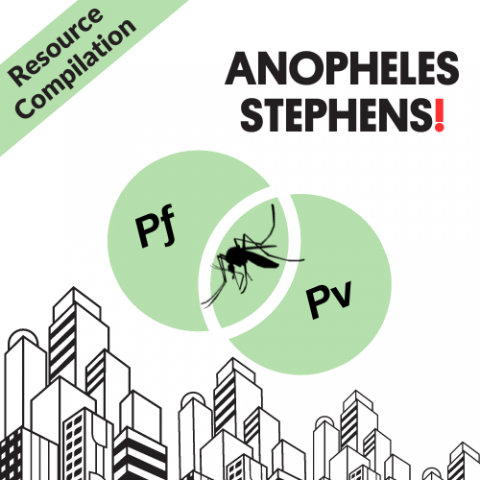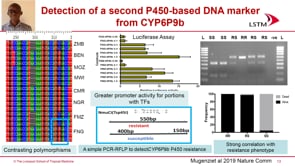Last Updated: 01/09/2025
Insecticide resistance in Anopheles mosquito species in Magude district, Southern Mozambique
Objectives
The main objective of this project is to continuously monitor the levels of insecticide resistance in Magude and identify resistance mechanisms. Additional data about species composition, densities and mosquito behaviour will be also compiled.
Specific objectives:
- Assess baseline insecticide susceptibility status of malaria vectors
- Quantify the intensity of resistance
- Determine how level and intensity of resistance vary across space and time
- Determine genetic relatedness between mosquito populations of different villages and neighbourhoods
National Malaria Control Programme (NMCP) Mozambique, Mozambique
The National Malaria Control Programme (NMCP) of Mozambique, in collaboration with key in-country malaria control stakeholders under the umbrella of the recently established Mozambican alliance towards the elimination of malaria in Mozambique (MALTEM) and the Mozambique, South Africa, Swaziland (MOSASWA) Cross-Border Malaria Initiative, is currently designing and scaling up activities to eliminate malaria from southern Mozambique by 2020. Insecticidal vector control measures are an important component of the plans for the future, as they have been in the past and are today (WHO 2015). In the district of Manhiça, for example, which experiences moderate levels of malaria transmission perennially, IRS has been deployed annually since 2005. Mainly DDT and bendiocarb have been provided to the district, although lambda-cyhalothrin (2005 and possibly 2010) and deltamethrin (2009 and 2014) have also been used in IRS campaigns (Glunt et al. 2015). LLINs have been handed out to pregnant women at the local antenatal clinics as part of research studies before or, more recently, as national policy for pregnant women. In June–July 2014, a campaign ran in the Manhiça district to achieve universal LLIN coverage, defined as one net per 1.8 persons, and over 32,000 LLINs have been distributed.
Though insecticide use has been widespread, resistance monitoring of the local Anopheles funestus population has not been conducted on a regular basis. An earlier study in 2002 (Casimiro et al. 2006) showed no resistance to permethrin or deltamethrin at the time. In 2009, however, resistance to deltamethrin (52.6% mosquito mortality) and lambda-cyhalothrin (33.3%) was observed (Kloke et al. 2011). A more recent study showed Manhiça is now a hotspot for pyrethroid resistance, with no pyrethroid killing more than 25% of the mosquitoes (Glunt et al. 2015).
But in the studies above resistance is measured using standard WHO procedures (WHO 2013). These spot bioassays provide very limited information: merely a ‘presence/absence’ outcome. The intensity of resistance will determine if resistance has an operational impact on malaria control. For example, resistance to pyrethroids as a result of the kdr mutation (2-3-fold increase) may not have an operational impact, but the > 1000-fold increases in pyrethroid resistance due to P450-based metabolic resistance likely has (Hemingway 2014).
The intensified vector control underway in Manhiça and the surrounding districts (especially Magude) will increase insecticidal selection pressure on local mosquito populations to develop insecticide resistance, if no resistance management strategy is in place. To design such strategies, continuous mosquito resistance monitoring (detecting the presence and intensity of resistance) and regular evaluations of frontline vector control tool efficacy against local vectors are crucial. In addition, the WHO recommended during the recent Vector Control Strategy Meeting in Maputo (July 2015) that these tests should be performed regularly on mosquitoes collected from different geographical areas within the same district (sub-district level), to monitor insecticide susceptibility over space and time.
Five areas (two in Manhiça district, three in Magude district) will be selected. The rationale for selecting these areas is the difference in insecticide susceptibility between Manhiça (resistant hotspot) and Magude (more susceptible mosquitoes, as identified during our ongoing entomological surveillance in the district.
All bioassays will be performed twice a year, during (i) the hot and rainy season (Feb-Apr 2016) and (ii) the cool and dry season (July-Sept 2016).
Mosquitoes are collected with two different methods; Three indexes will be determined: (1) Baseline susceptibility to insecticides, (2) knock-down rate, and (3) intensity of resistance
Mar 2015 — Dec 2020


